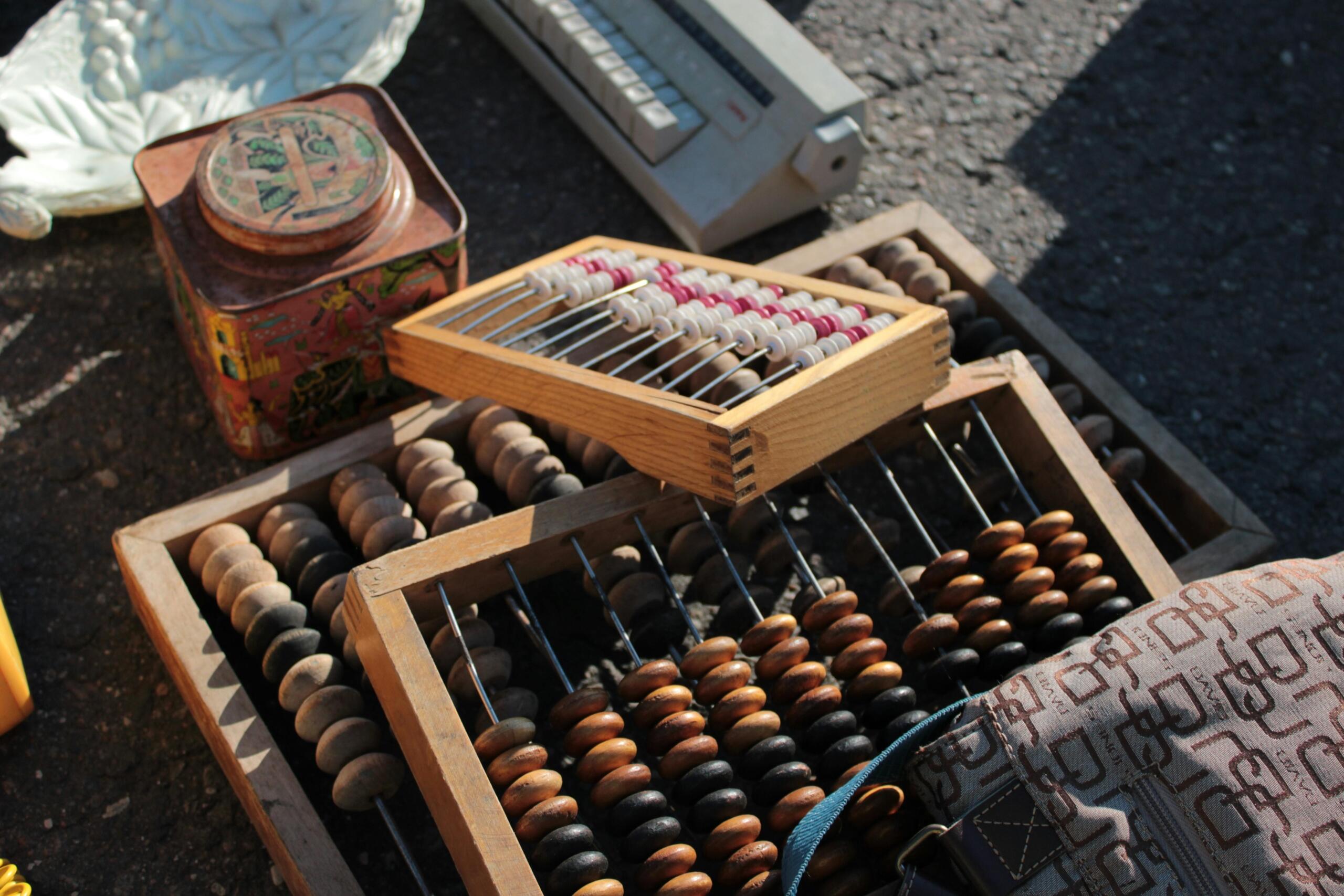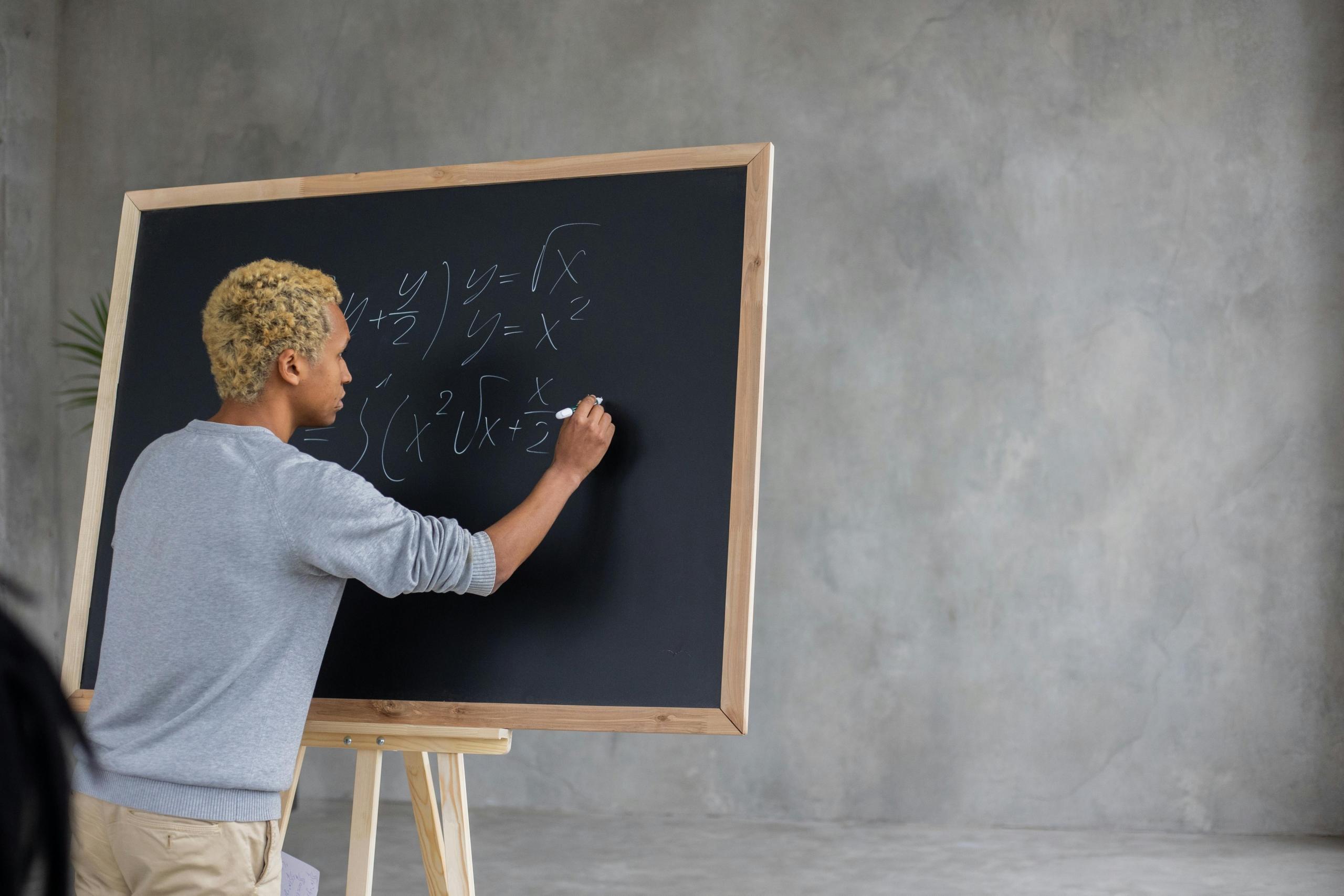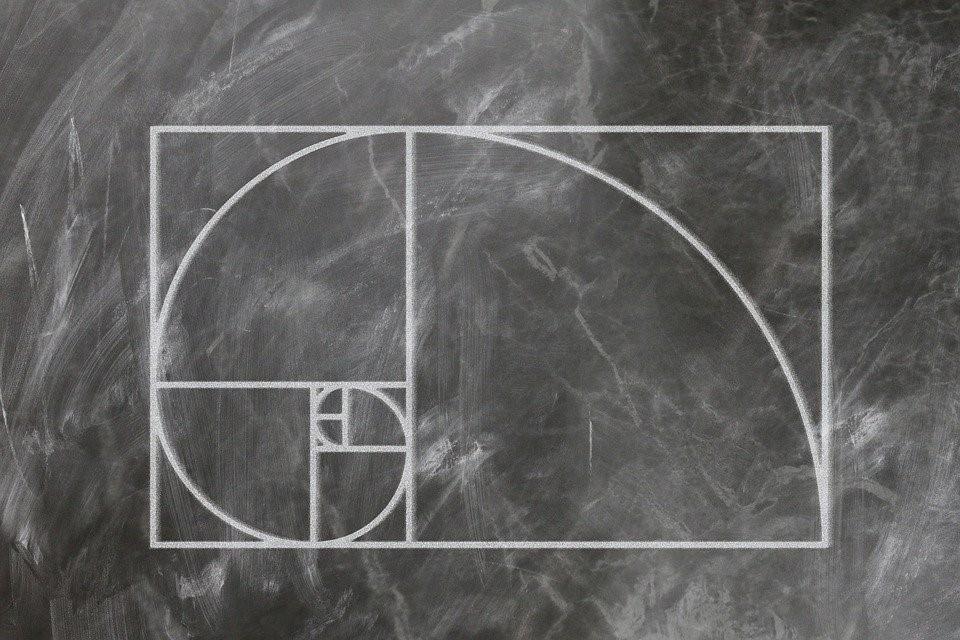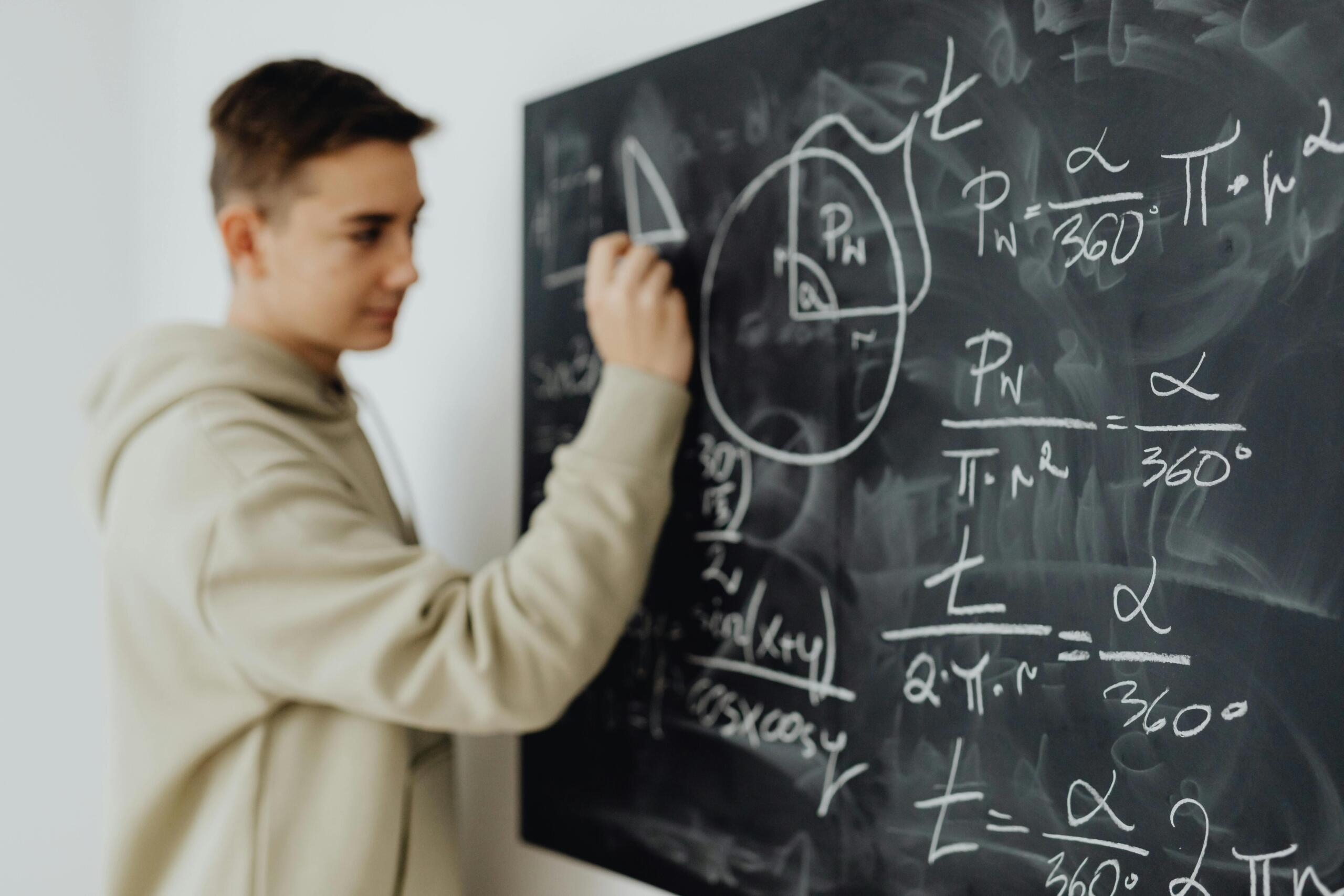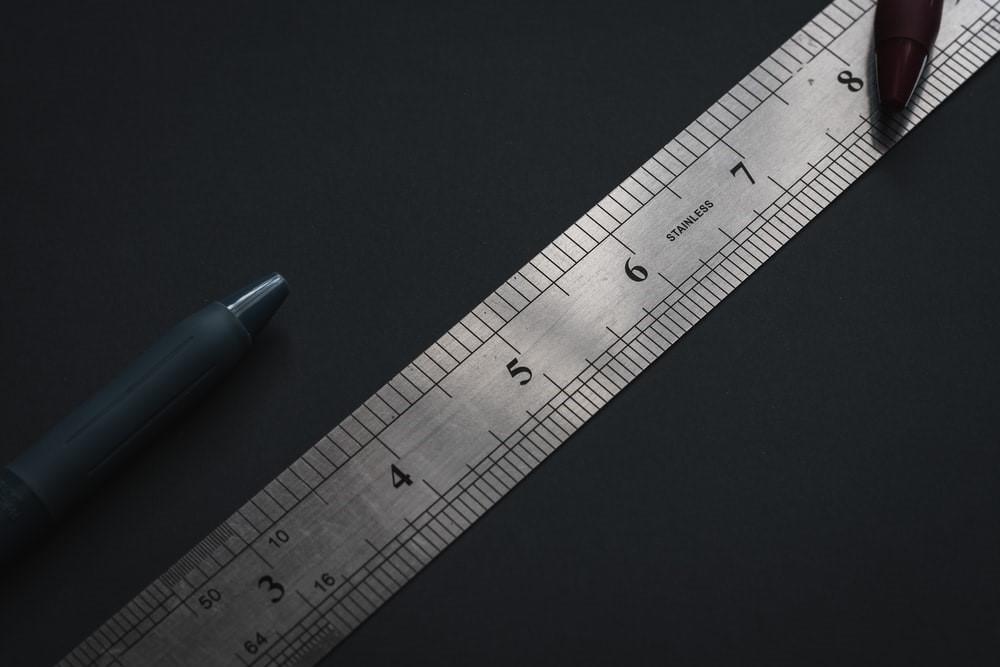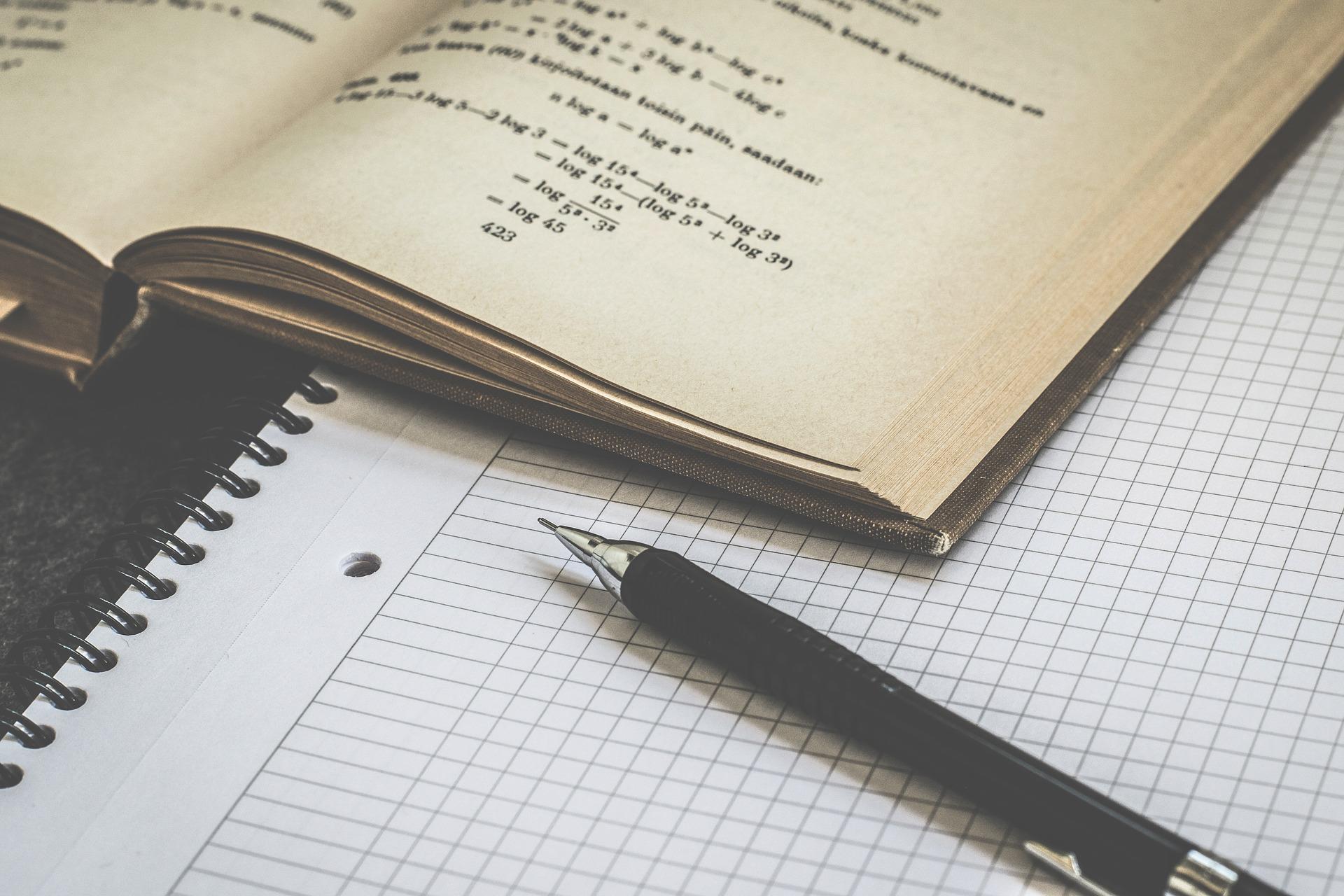Are you curious about math, from elementary school to college, and what these have to do with Einstein and algebra?
To understand how we got here, we need to follow the long journey from antiquity, from the time of ancient Greek and Arab philosophers. Join us as we trace the spectacular evolution of mathematics through the centuries.
Math has touched many areas of our society, from computing to art.
We'll find out why the genius of Albert Einstein is inseparable from the history of math, and delve into the dark corners of math that they don't teach you about in school!

The Birth of Mathematics
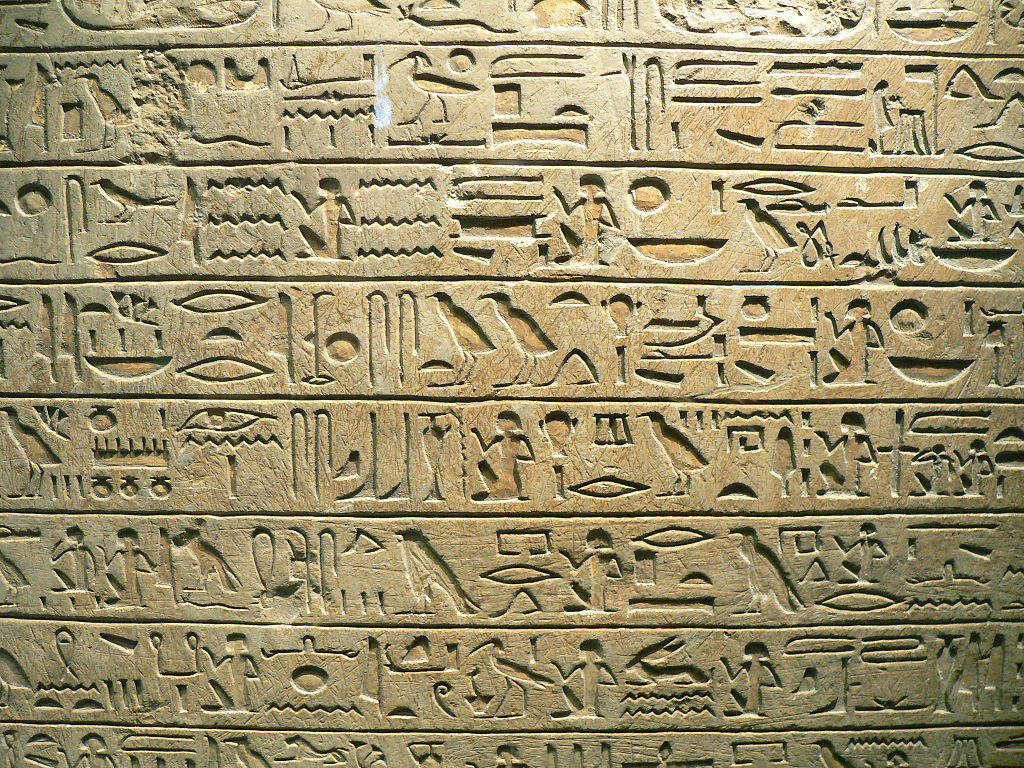
We have to go back all the way back to antiquity to find the origins of math.
The Egyptians were among the first to have used math. Objects with clear mathematical uses were unearthed during excavations in the 19th century, demonstrating early civilisations' abilities to solve equations and to conduct complex trade transactions (including the use of mental arithmetic, multiplication, division, calculation, subtraction, addition).
Later, in the time of Plato, Thales and Pythagoras (authors of the famous theorems) arithmetic was invented.
Algebra came about in Alexandria in the 4th century BC.
Elementary mathematics was born with the likes of Euclid, Archimedes of Syracuse and Apollonius of Perge, who gave rise to Euclidean geometry, the study of the circle, statics and the Archimedes' principle. This last discovery made possible for the first time the construction of large boats.
Trigonometry, which describes the relationships between angles and distances in triangles, comes to us thanks to Ptolemy, Pappus and Hipparchus.
For centuries, after these greats minds had faded from memory, math fell into obscurity, until the golden age of Arabic mathematics, in the 11th century. In the 15th century modern addition, with its + and -, was conceived of by Jean Widmann Edmer. It is the 17th Century, however, when Western math really entered its golden age:
- Isaac Newton discovers the law of gravity after an apple falls on his head
- René Descartes describes analytical geometry
- Blaise Pascal gives us the calculation of the probability
- Newton gives the world calculus
Want to find a good math tutor online? Check Superprof now!
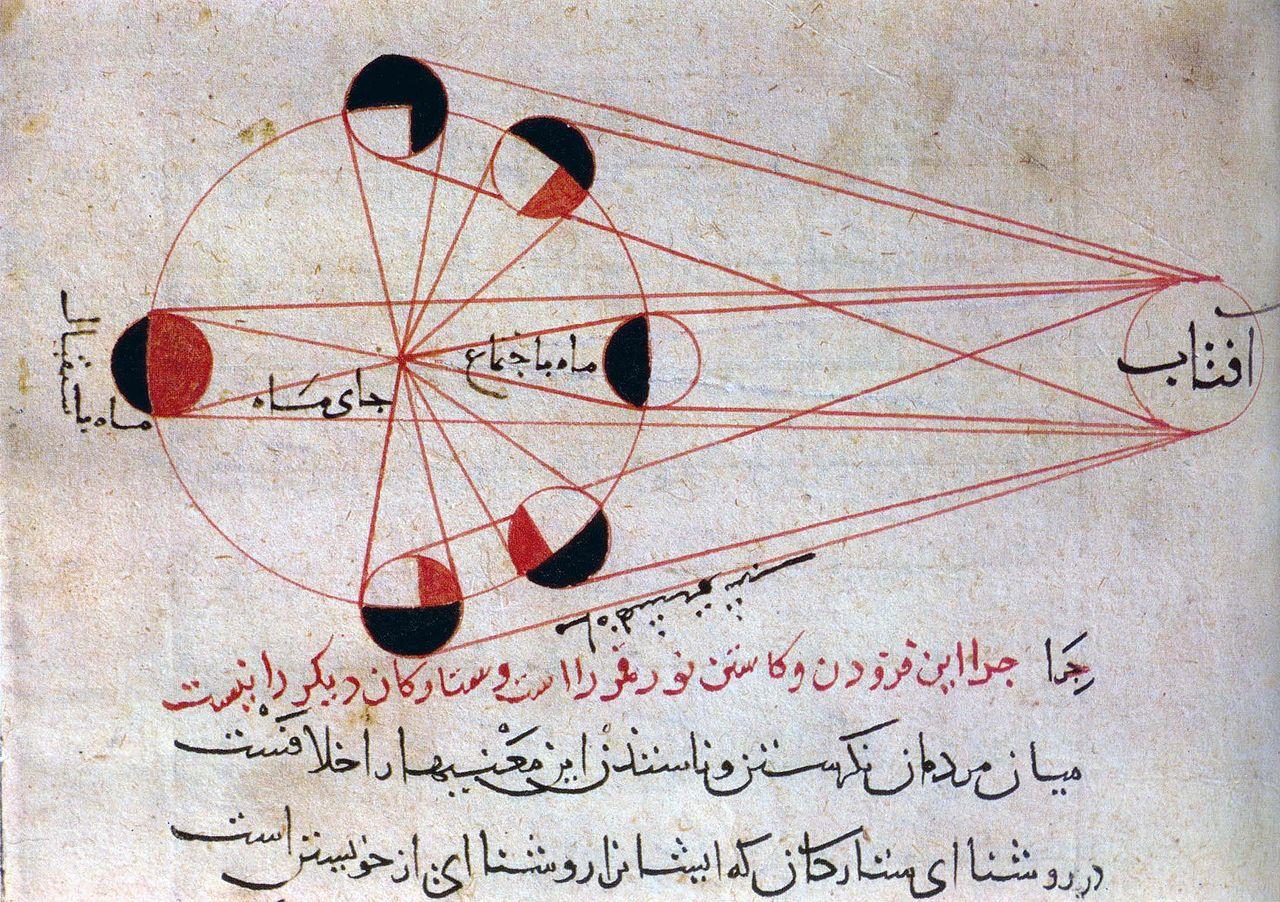
During the 18th Century, Euler studied functions and Lagrange worked on variations and fluid mechanics, but what has happened during the last two centuries? Advances have been made in number theory, the distribution of prime numbers and more, and the world has enjoyed the fruits of mathematics, including the invention of electricity.
The Evolution of Math Teaching
Over the last two centuries, math learning has changed enormously.
As early as 1818, arithmetic was being taught, free of charge at 'Ragged Schools' set up by John Pounds. From here on, mathematics became increasingly integrated into every child's schooling, so that all who attended school learnt to read, write and count.
In 1833, Parliament voted to allocate funds each year to the construction of schools for poor children, enshrining the concept of basic education, of which math formed an integral part, as a right for all, in Great Britain.
In 1964, the Schools Council was formed, to regulate, for the first time, the syllabus of exams in the UK.
What about math education today? Starting in primary school, teachers know that the fundamentals of begin with the development of number fluency.
The use of the calculator at school, too, is a more recent innovation that has become standardised.
But what will math teaching be like in the future?
The Essential Mathematics Vocabulary
To study math, it is important to know the correct vocabulary. To pass a science or math exam, to pursue a career as a scientist or engineer, to become a researcher or a study for a PhD, you need to at ease with a large lexicon of essential mathematical definitions, including:
- Equations
- Factors
- Products
- Sums
- Terms
- Difference
- Dividend
- Quotient
- Numerator and denominator
- Triangles
- Squares
- Circles
Simple terms like these form the basis of more complex terms, like complex numbers, scalar products, calculus, exponents and absolute values, which form part of a successively more in-depth understanding of math that make a higher education in the topic possible.
Find the best online math tutor on our platform.

Math and Computing
Mathematics and computer science are intimately linked, often by a common vocabulary and logic.
A student acquires a great deal of knowledge in following the National Curriculum and regularly doing math exercises. But what is to be done with all that knowledge, after completing school? A place at an engineering school or, why not, a career in science, statistics, technology, in teaching math or a doctorate.
Why not aim for a career in IT? The first computer scientists were themselves mathematicians and some of the most highly paid jobs around today can be found in a domain once reserved for 'geeks'?
Many schools allow you to combine math and computer science, such as a master's degree in multimedia, business management or data science.
There are diverse jobs related to these two areas, including teacher, engineer, researcher, university lecturer, web developer, programmer, app developer, business manager, graphic designer, even stockbroker.
Art and Mathematics are Closer Than You Think
The most creative amongst you should remember that math is not only related to computers.
We can also see very strong links between mathematics and art.
Geometry, for example, is central to drawing and painting. Then there are Thales' and Pythagoras' theorems, which can be seen in symmetry and in colour matching. Drawing and painting, too, are endeavours requiring accuracy and reflection.
We cannot forget to mention the golden ratio in art:
"...the golden ratio is the most mysterious of all compositional strategies. We know that by creating images based on this rectangle our art will be more likely to appeal to the human eye, but we don’t know why."
It can transform even apparently chaotic works into something which is harmonious and pleasant to behold.
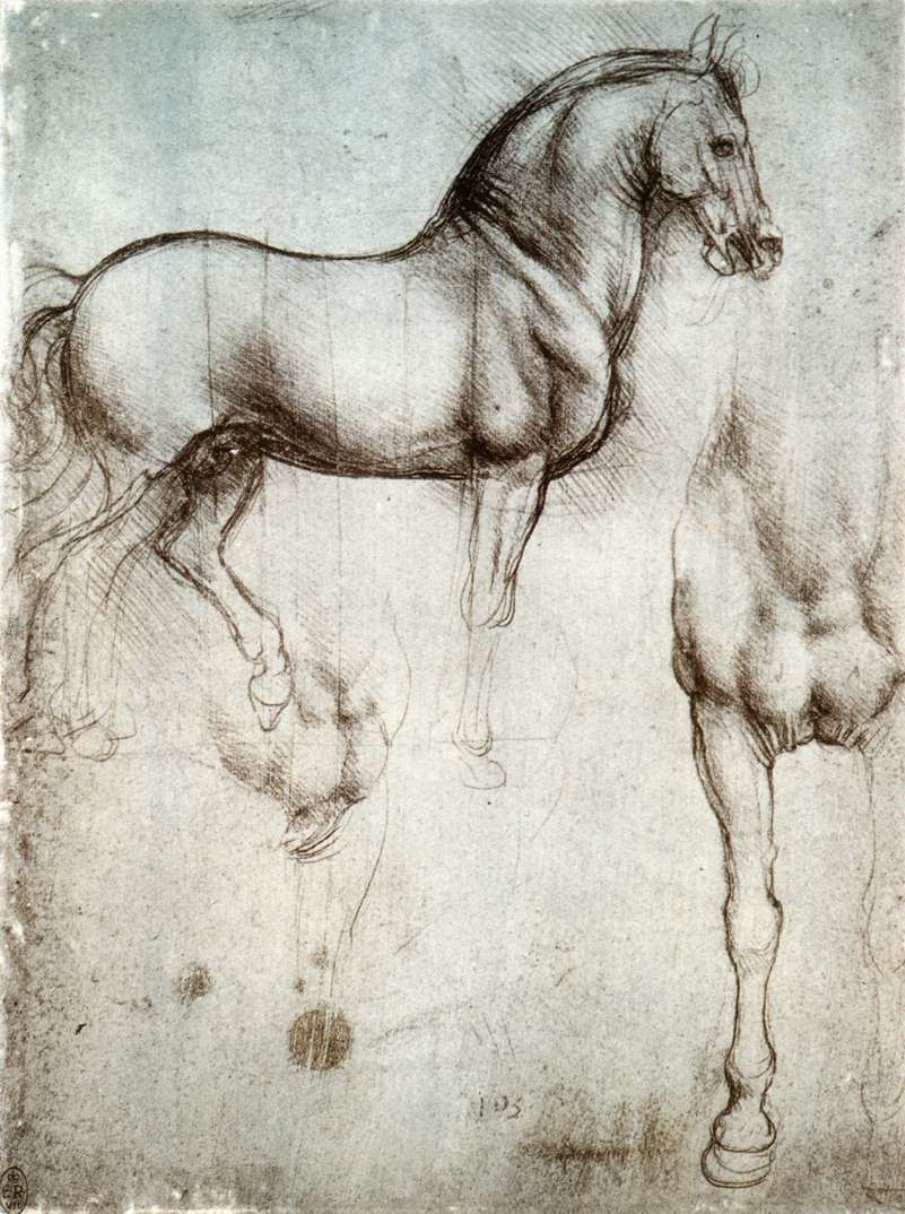
Any discussion of math and art cannot omit to mention the great Leonardo da Vinci. It is to this undisputed genius that we owe the concept of perspective and the Vitruvian Man: a work derived from mathematics.
We also find the golden ratio in his famous works the Mona Lisa and The Last Supper.
Einstein's Genius
From one mathematical genius to another; perhaps the best-known of them all: He was born in 1879 in Germany and died in Princeton, USA in 1855, Albert Einstein is perhaps the one scientific figure known by all.
There is a popular myth that as a child he was a bad student. This is false: In fact, he was a very good student, but an unruly one. During his university studies, however, he demonstrated a prodigious ability in learning celestial mechanics and nuclear physics.
In 1905 this mathematician and scientist became famous, with the formula E = MC² or the theory of restricted relativity.
The equation states that anything having mass has an equivalent amount of energy and vice versa: The equivalent energy (E) can be calculated as the mass (m) multiplied by the speed of light (c = about 3×108 m/s) squared. Similarly, anything having energy exhibits a corresponding mass (m) given by its energy (E) divided by the speed of light squared (c²).
The theory of general relativity arrived in 1915, drawing on Newton's law of gravity. It explains that what we perceive as the force of gravity arises, in fact, from the curvature of space and time.
Einstein's Mathematical theories have transformed our view of the world, from simplistic notions such as mental arithmetic, multiplication and geometry.
5 Misconceptions about Mathematics
Mathematics is subject to many prejudices and preconceptions.
Read on, as we dispel the following common untruths. Let's start with many people "not getting" math, for example - a common complaint.
As it turns out, it's a misconception. While certain people do have a special ability for math, for others, difficulties are most definitely surmountable: No one is condemned to wander in the obscurity of misunderstanding. Private lessons and math tutors can often come to the rescue.
"Mathematics is useless in real life": Another clearly false statement!
If it were so, how could you calculate the value of a given percentage off the price of an item on sale, for example? Similarly, how could you compare the cheapest flights available for a given route without recourse to the algorithms that give shape to the internet?
"'Math people' aren't fun" It is quite possible to make learning math fun, by using many of the readily available tools, games and apps which only grow more numerous and sophisticated every year.
"Art and math have nothing in common" Geometry is just one example of math' relevance to art, and one that is used by many of the greats.
"Women are less good at math than men". Once again - drum roll please - this is false! It's been repeatedly demonstrated that women and men have the same underlying intellectual ability, and it is, instead, society that has traditionally discouraged women from pursuing careers in math and the sciences.
Search for online math classes here on Superprof.
Surprising Examples of Math in Art
Have you heard of 'snow art'?
This is the favoured discipline of Simon Beck, an artist who draws geometric figures in the medium of snow. His portfolio includes over 200 photographs of his gelid creations.
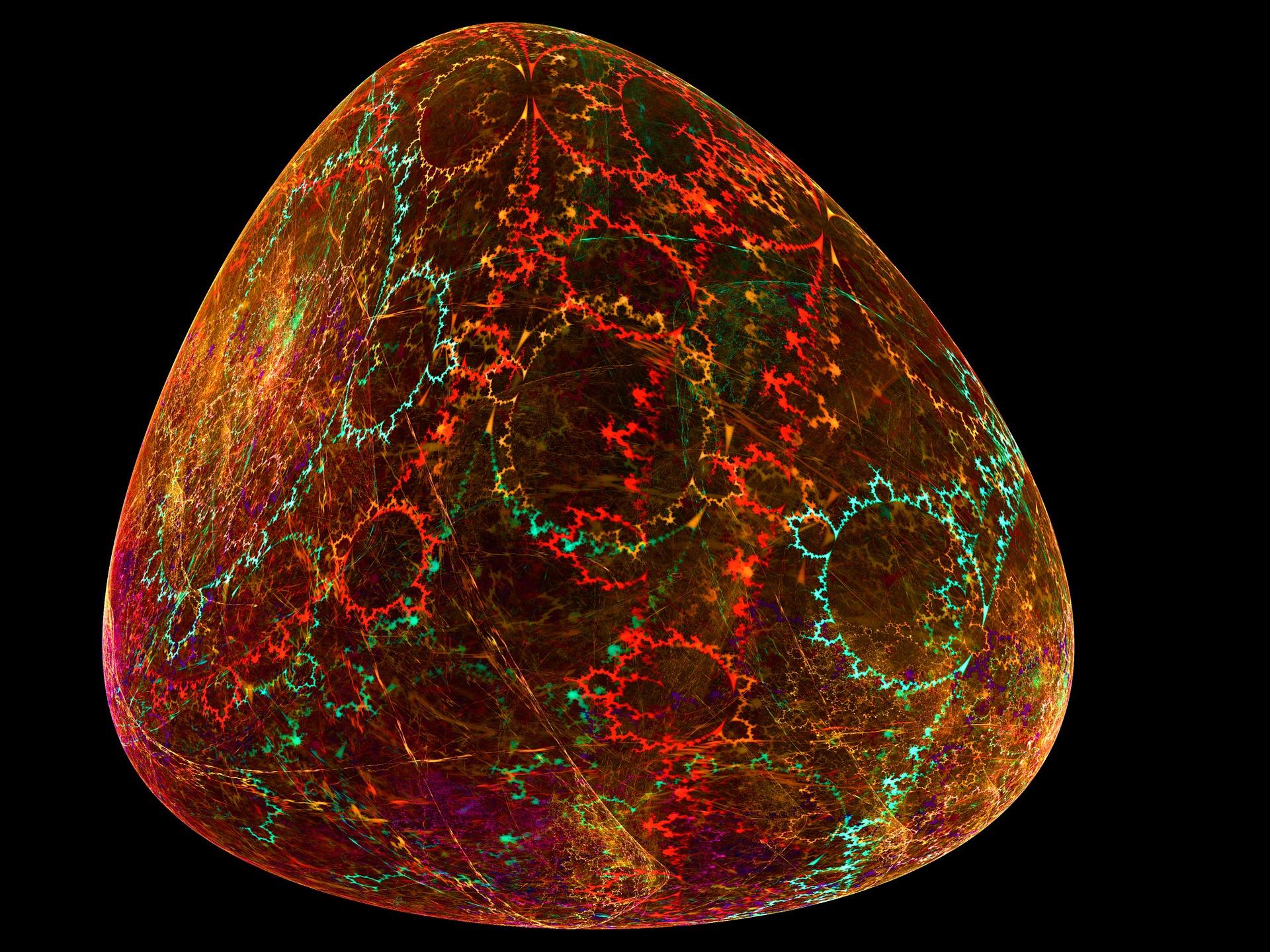
Iranian artist Hamid Naderi Yeganeh works heavily with math and creates visually arresting motifs, available to view on his website, build on mathematical functions. His work attains a certain harmony through apparently chaotic patterns.
Central among the surprising examples of math in art, we find fractals. Fractals are mathematical objects whose structure remains constant in spite of any variation in scale.
Math is also present in 3D mathematical models, mathematical art and 'Fabergé Fractals', and that's just for starters!
















